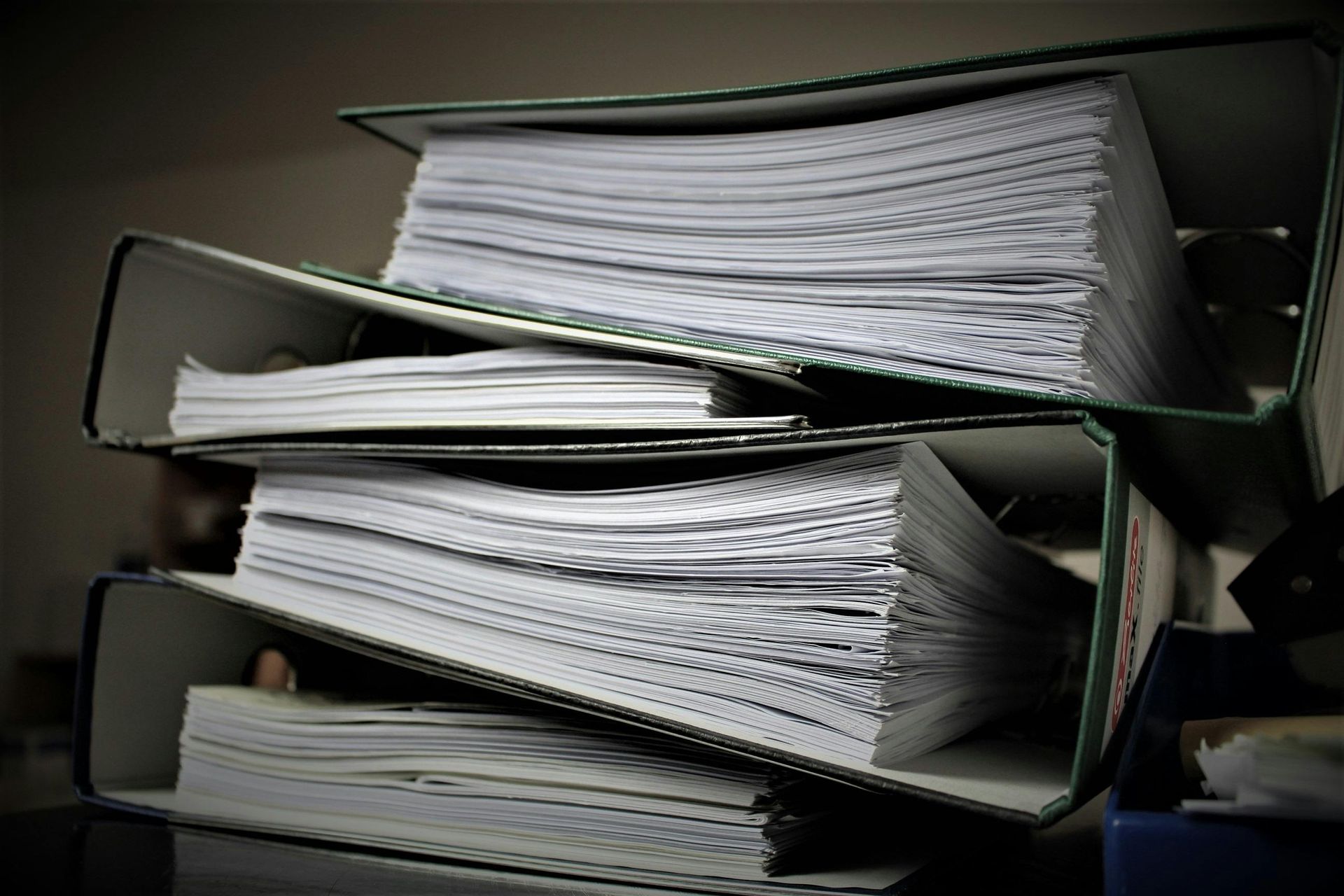How Illinois Law Determines Fault In A Car Accident
If you're injured in a car accident, the driver responsible should compensate you for losses incurred, such as medical bills and lost wages. But what if you're partly at fault for the accident? Here's a look at how Illinois determines fault after a car accident and how being held partly responsible for the crash could affect your compensation.
Why Determining Fault Matters
Identifying who is at fault for an accident matters because it's the only way to determine:
- whether you can claim compensation; and
- how much compensation you can claim.
Determining fault, though, is only one of the elements you must prove to make a personal injury claim. You must show that:
- someone – in this case, another road user – owed you a "duty of care";
- the person breached this duty by doing something negligent or careless, e.g., driving and texting; and
- you're injured as a result of this person's negligent actions.
So, even if you're injured in a car accident, unless you can prove someone else is responsible for the harm sustained, you won't have a claim. A personal injury attorney can explain the legal rules in more detail as they relate to your case.
The Comparative Fault Rule
To determine "blame" for a car accident, Illinois follows the "comparative fault" rule. Here's how it works.
When One Party Is Entirely at Fault
If one driver is 100% to blame for an accident, it's simple: they should pay the "faultless" party 100% of any compensation due to them.
Both Parties Are at Fault
On the other hand, say you're partially to blame for the accident. Your damages will be reduced based on your percentage degree of fault.
- If the other driver is more at fault than you (i.e., they are more than 50% responsible for the accident), you can claim damages based on your degree of responsibility. So, if you are 20% to blame, your damages will be 20% less than the full amount recoverable if you were entirely blameless.
- However, if your share of the blame is more than 50%, then you can't recover any damages. For example, if you're 51% responsible for the accident, it's actually the other party who could sue you for any injuries they sustained.
Comparative Fault and Compensation: Examples
Some examples may help make the comparative fault rule clearer.
- Person A fails to halt at a stop sign. They crash into Person B who was texting while driving. Person B didn't see Person A until it was too late. Person B sustains broken bones and sues for compensation. If Person B is found to be, say, 10% responsible for the accident, and the settlement figure is $10,000, Person B only gets $9,000 because 10% is deducted from their compensation.
- On the other hand, if Person B was drunk and driving erratically, they might be 51% responsible for the accident. In this scenario, Person B can't claim any compensation because they're more than 50% to blame for the crash.
An experienced IL personal injury attorney can estimate how much your claim is worth depending on how fault may be apportioned.
How to Determine Fault After a Vehicle Accident in Illinois
Proving fault after an Illinois car accident can be challenging, especially if there are no bystanders who can serve as witnesses, or if there are multiple vehicles involved. However, there are three main ways to determine fault and apportion liability – let's break them down.
1. Accident Type
Sometimes, we can identify who may be more at fault just by looking at what type of accident took place. Here are some examples.
Sideswipe
No driver should change lanes without checking it's safe to move. So, if a driver sideswipes another vehicle, they're often the one held responsible for the collision. That said, the other driver could also be at fault in some way, so it's crucial to consider the evidence when determining liability in these types of accidents.
Rear Collision
It's usually the rear car driver who is responsible for a rear-end accident. If the front car driver stopped suddenly or drove erratically in some way, it may be possible to show comparative fault. However, it's important to maintain a safe stopping distance from the car in front at all times, so the rear car driver is normally held responsible.
Vehicle Turning
If a driver does not check to ensure the road is clear before making a turn, they could be at fault for the car accident. These accidents commonly occur at intersections where the turning car crashes into another car driving straight ahead; however, they can happen anywhere on the road.
2. Evidence
The more evidence you have available, the easier it is to identify which party is entirely – or mostly – to blame for a crash. Evidence you can use to apportion fault includes:
- medical records
- photographs of the scene
- witness testimonies
- vehicle damage
An experienced attorney can carefully consider the evidence to determine who is at fault and how much compensation you may be entitled to.
3. Police Report
You have a legal duty to report an accident if:
- any party involved in the accident suffers a bodily injury;
- the accident caused damage worth $1,500 or more; or
- someone died as a result of the accident.
The police report may indicate which driver is at fault for the accident, so it can be used to determine liability in a personal injury claim. Your attorney can explain how the report affects your case after evaluating the contents.
How an Illinois Car Accident Attorney Can Help
Determining fault after a car accident is not always easy. If you've been injured in a vehicle collision in IL, an experienced personal injury attorney can evaluate your claim and help you claim the compensation you deserve for the harm done.
You only have two years from the accident date to file a personal injury lawsuit, and five years from the accident date to claim for property damage, so the sooner you retain an attorney, the better. Contact a personal injury attorney today for a case evaluation.












